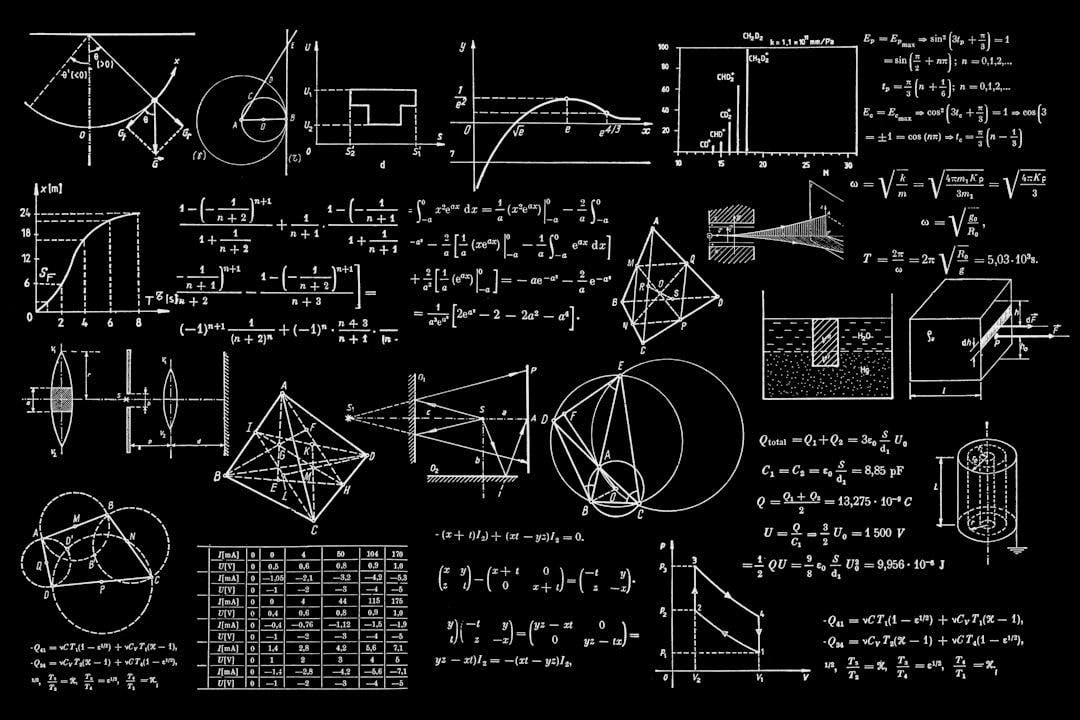Author:
(1) Attila Losonczi.
Table of Links
1.1 Basic notions and notations
1.2 Basic definitions from [7] and [8]
2 Generalized integral
2.1 Multiplication on [0, +∞) × [−∞, +∞]
2.3 The integral of functions taking values in [0, +∞) × [0, +∞)
Abstract
We go on to widen the scope of the previously defined Hausdorff-integral in the sense that we extend it to functions taking values in [0, +∞) × [0, +∞). In all our intentions, we follow the same attitude that we had in our previous investigations, i.e. we work in the realm of Hausdorff dimension and measure.
1 Introduction
This paper can be considered as a continuation of the papers [7] and [8]. For original intentions, aims and motivation, we suggest that the reader should consult to [7] and [8].
In [7] we defined the Hausdorff-integral on R for real functions, then in [8] we generalized it for real functions on so-called h-measure spaces and found connection between the two integral notions. We can go on generalizing and define the integral of functions whose values are taken from [0, +∞)×[0, +∞) and are defined on h-measure spaces. Our applications will be based on the integral of such functions.
The new integral has the usual properties, e.g. it is a linear functional (homogeneous and additive), monotone, it provides an h-measure, etc. However this generalization of the integral has some flaws. It is not true anymore that if fn → f, (0, 0) ≤ fn ≤ fn+1 (n ∈ N), then (H)R K fn dµ → (H)R K f dµ. It is a consequence of the fact that the topological space [0, +∞) × [0, +∞] is not separable. It is not true either that every measurable function is a limit of simple functions, therefore in some of the proofs, different, more sophisticated methods have to be applied.
The structure of the paper is the following. First, we define a multiplication in [0, +∞)×[−∞, +∞], as it is essential for the integral. Afterwards, we define the new integral for simple functions (some call them step functions) and analyze its properties. In the next step, we extend the integral for nonnegative measurable functions and again we derive its properties. In many of the cases, our proofs follow the usual arguments however we always have to listen to the slight but in some cases important differences. Finally, we present some applications which are sophisticated deficiency measurements.
This paper is available on arxiv under CC BY-NC-ND 4.0 DEED license.

